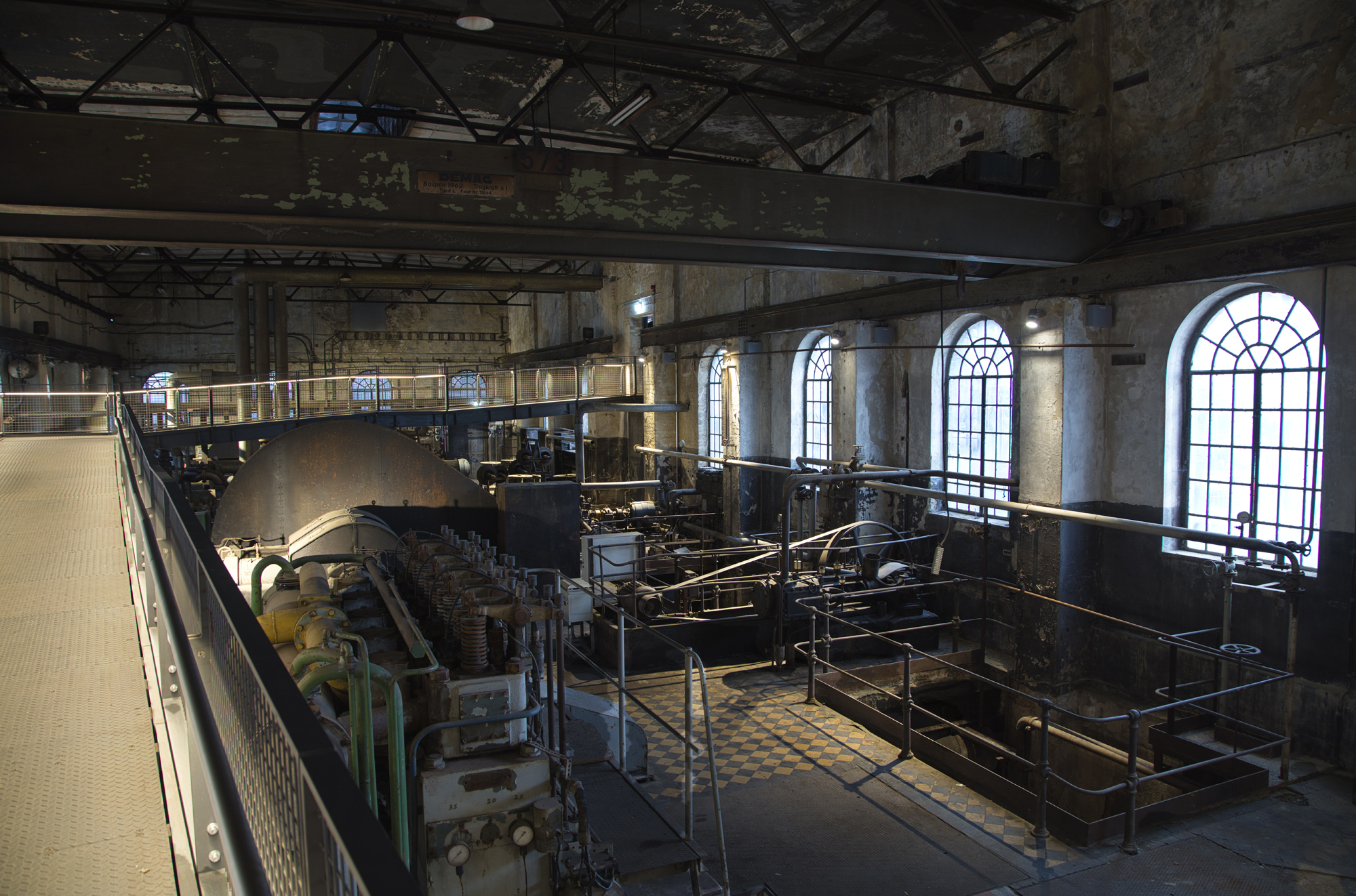Emeka Ogboh
Webpresence
Website: https://emekaogboh.art/about/
Works
The Land Remembers
Date
2024
Material
Sound installation
Description
The Land Remembers reimagines the traditional German mining hymn, “Steigerlied,” through the broader lens of the colonial and postcolonial relationship between Europe and Africa. “Steigerlied”—a song that traditionally celebrates the camaraderie of German miners and is recognized as cultural heritage in the regions of Ruhr and Saar—is turned into a reflection on the exploitation of African land and people. The reimagined song delves into the violent histories of colonial rule, the scars left on the land, and the resilience of those who stood against oppression. The recording, made especially for THE TRUE SIZE OF AFRICA by an all-male Namibian choir, is installed in a multichannel sound format at the World Heritage Site. The choice of this installation site is symbolic, as the Völklinger Hütte relied on mining resources, including ore sourced from the south of Africa after the Second World War. Furthermore, the German Empire exploited Namibia during the colonial period in the field of mining, when diamonds and copper ores in particular were mined there.
Emeka Okboh
Chorus of the Abandoned
Date
2024
Material
Sound installation
Description
Chorus of the Abandoned is a sound installation designed to “awaken” the metal carts once used to transport freight for the blast furnaces at Völklinger Hütte. These carts, now abandoned and clustered like dormant relics, are transformed into instruments of sound, producing metallic noises at the stroke of each hour—similar to church bells marking time. The installation explores themes of memory, space, and time, highlighting the site’s historical significance. It serves as an auditory memorial, evoking the history of the ironworks and paying tribute to the many individuals whose labor fueled the industrial age.
By activating the abandoned carts and using the space where they are docked at the Völklinger Hütte, the installation transforms the physical environment into a dynamic soundscape. This reimagining of the space invites visitors to reflect on its industrial past while engaging with its present as a site of culture, history, art, and nature.
Emeka Ogboh


